Why do some people always seem to get what they want, but other people struggle?
According to Joseph Murphy, the big difference is that people who thrive do not try to change their circumstances. With the right seeds planted in their subconscious mind, those people can attract what they want effortlessly. And for those of us who don’t yet have everything we want, there is some good news…
The Power of Your Subconscious Mind says that we can learn how to change our hidden subconscious mind and change our life, through techniques of “scientific prayer.”
(If you’re wondering how prayer could be scientific, then please keep reading. The number one thing that makes this book unique, in my opinion, is how it blends two very different flavours: science and religion.)
Today, many of Joseph Murphy’s ideas would be known as “The Law of Attraction,” (VeryWellMind.com) which says that positive thoughts attract positive results into our lives, while negative thoughts attract negative results. Just like a magnet contains an invisible power that attracts pieces of metal. Some people believe The Law of Attraction works, while others say it is nonsense. Some people say it changed their life, while others argue it is a pseudoscience that only appears to work because of human biases.
Who is right? Use your own judgement to decide! But you won’t need to go it alone, you can take this summary of The Power of Your Subconscious Mind to help guide you through the key ideas from the book, including our original commentary and analysis.
Who was Joseph Murphy?
Joseph Murphy (Wikipedia.org) was a popular author and minister who lived from 1898 to 1981. He wrote over 30 books that sold 10 million copies. He was born in Ireland as a Catholic Christian, but moved to America and became a leader in the New Thought movement. Early in life, he was a pharmacist, but he later became an ordained minister for the Church of Divine Science, and led one of their most popular churches in Los Angeles.
🧠 1. Your Subconscious Mind: We all carry infinite inner power to change our lives, but it’s usually blocked by our limited conscious mind
We are all familiar with our conscious mind. That is the part of us that thinks, senses, imagines and plans. It’s the voice in our head, the ego that goes by the names “me,” “myself,” and “I.” But few of us know our subconscious mind. If your mind was an iceberg, then the conscious mind would be the 10% of it visible above the surface, while the subconscious would be the 90% hidden below the water.
According to Joseph Murphy, the subconscious mind is the power inside us all that is far greater than our conscious intellect because it:
- Heals. It controls our body’s involuntary processes like our heart beating or cells regenerating, so it is the miraculous power transforms a cut finger back to perfect health and integrity.
- Feels. It’s the seat of our intuition, that “sixth sense” which allows us to know something is true in our heart or gut, even before logical reasoning.
- Attracts. The seeds that we place in our subconscious grow into the circumstances of our life. If we nurture different seeds, then we’ll get different results.
On a physiological level, Murphy says our subconscious mind is based in a nerve mass at the back of our stomach, and it communicates with our conscious mind in the brain through something called the vagus nerve. Maybe that’s why our intuitions seems to come as “gut feelings,” and why we feel emotions across our body, not just in our head.
There is a fantastic modern book called The Body Keeps the Score which is about trauma, emotional healing, and neuroscience. It was written by Bessel van der Kolk, a Professor of Psychiatry who has published over 150 peer-reviewed science papers. And he said, “80 percent of the fibers of the vagus nerve … are afferent; that is, they run from the body into the brain. This means that we can directly train our arousal system by the way we breathe, chant, and move.”
What does that mean exactly? As an example, if someone was experienced trauma, they can heal that damage by using practices that connect them to their body or to community, helping them feel safe. Surprisingly, many traditional cultural practices can be effective for this kind of therapy, including yoga in India, tai-chi in China, or communal drumming in Africa. Modern psychiatry appears to be rediscovering the wisdom built into many old cultural traditions.
Our conscious mind is about seeing, thinking, and planning. It’s what we are usually familiar with. But we also have a deeper subconscious mind that provides us with intuition, regulates our body, heals injuries, and even attracts conditions into our lives. We only need to learn how to stop blocking that inner power.
🙏 2. Have Faith: All religions claim credit for miraculous healings, that were actually caused by the person’s own subconscious mind
Did you know that in the human body, virtually all of our cells are regenerated every 7 years?
That means you, on the most fundamental cellular level, are a completely different person than you were 7 years ago. That blew my mind!
Our cells contain instructions on how to build themselves and heal themselves. It’s in our DNA. That’s how all of our cells are able to continuously regenerate, to make our hair, eyes, lips, skin, lungs, bones, and a heart and brain. It’s also why you cut a finger and it miraculously heals after a few days or weeks.
Joseph Murphy says that usually people block the healing intelligence of their subconscious mind through doubt, but we can unleash it with faith.
Why is faith the critical ingredient? Here are some historical incidents offered as support:
- Jesus Christ often appeared to heal people not using his own power, but relying on that person’s faith in him. For example, in the Gospel of Matthew, chapter 9, Jesus heals a woman who had been bleeding for 12 years saying “your faith has healed you,” and later he heals two blind men saying “according to your faith let it be done to you.”
- Franz Anton Mesmer was a German physician who began healing patients using animal magnetism (Wikipedia), an invisible force that he believed was sent from himself to patients. In 1784, the last king of France appointed a Royal Commission of doctors and scientists, including Benjamin Franklin, to investigate the practice. They found no scientific evidence for the animal magnetism theory, but credited Mesmer’s healings to the “Imagination” of the patients. (Today in science this is called “the placebo effect,” a mysterious phenomenon that causes even totally fake medications to have real healing effects, when the patient has faith in the treatment.)
- Joseph Murphy experienced a personal healing 42 years before he wrote the book. He had a growth on his skin called a sarcoma, and it disappeared after he repeated statements of faith to himself for 5 minutes, 3 times a day for 3 months. What did his statements say? He began by acknowledging the great power of the subconscious mind inside him, then gratitude this power was already restoring his body to perfect health.
Now we’ve learned that our subconscious mind has great power, but we must have faith in it. That raises a big question: How do we get or build that faith? There are 3 techniques: suggestion, visualization, and repetition. We’ll discuss those techniques next.
Unexplainable medical healings have occurred from ancient history to modern times. Joseph Murphy says it was always the patient’s faith that healed them, not the specific religious or scientific theory. Today scientists may label it “the placebo effect.” We can also build powerful faith.
🌅 3. Grateful Suggestion: We program our subconscious mind by making statements that affirm what we want is already happening
When most of us want something—a car, a house, a spouse, a promotion—then we try to change our circumstances. Isn’t that right?
We work harder, look for a job that pays better, or try getting more customers. Why does that approach so often fail?
The answer, according to The Law of Attraction, is that our conscious mind is blocking our efforts. It’s like we’re trying to drive a car while pressing one foot on the accelerator and one foot on the brake at the same time. We end up going nowhere.
The solution is understanding true cause and effect. The cause of our circumstances is our subconscious mind, which is ‘programmed’ by our habitual way of thinking. So if we want to change our circumstances, then we must change our ‘programming’ first.
(If you’re feeling skeptical about this, that’s totally understandable, but maybe it’s worth a try?)
The subconscious mind, according to Joseph Murphy, is like a bed of fertile garden soil. Our conscious thoughts are like seeds that fall into our subconscious, then grow into the conditions of our life. Our subconscious mind does not discriminate, it simply accepts every seed that we give it. Our most important job is to make sure our subconscious mind is filled with the very best seeds.
We reprogram our subconscious mind by making suggestions or affirmations to ourselves. That simply means making statements that affirm what we want to happen has already happened.
Like when Joseph Murphy was sick, he affirmed with gratitude that his body was already healing itself. This is not about hoping or wishing for something to happen, but having total faith that it is already happening.
Another classic self help book you probably know is Think and Grow Rich by Napoleon Hill. It says, “Making repeated affirmations to your subconscious mind is the only known method of developing the emotion of faith voluntarily.” And a big part of the affirmations in that book also, includes seeing and feeling and believing yourself to already have what you want.
Guarding against negative suggestions is another critical part of programming our subconscious mind. Because when we dwell on what we do NOT want, that also plants seeds in our subconscious mind. Unfortunately, most people do this far more often than giving their mind positive suggestions.
Negative suggestions happens when we:
- Worry about what could go wrong in the future,
- Ruminate on bad things that happened in the past, or
- Absorb messages of despair from our environment—from the people around us or the media we pay attention to.
Another very popular book on the law of attraction is Ask and It Is Given by Esther and Jerry Hicks. They wrote, “Whatever you are thinking about is like planning a future event. When you are appreciating, you are planning. When you are worrying, you are planning. (Worrying is using your imagination to create something you do not want.)”
Read more in Ask and It Is Given
With our repeated thoughts, we plant seeds (or suggestions) in our subconscious mind that grow into the circumstances of our lives. We can plant positive seeds by repeating statements that affirm with gratitude that what we want is already happening. We must also guard against negative suggestions that come from worry, resentment, or external sources.
🧘 4. Relaxed Visualization: We also program our subconscious mind through vivid mental imagination of our desires
Now here’s a simple technique that will teach you how to ‘program’ your subconscious by imagining “mental movies” about what you want. This may be my favourite part of the book because it’s REALLY FUN and EXCITING to imagine our dream life! And this is something very few people will ever sit down and actually do.
Here are the four essential steps tips for directing your own mental movies:
- Visualize vividly what you desire. For example, if someone wanted a certain car, they could imagine walking around it, getting inside it, the sound of the engine, the smell of the new interior, the feel of the steering wheel.
- Relax and remain effortless. It may be best to do this before bed, because in a drowsy or sleepy state the conscious mind is less active, so it’s easier to plant seeds in the subconscious.
- Let go of your desire. Outside of this “scientific prayer,” as Joseph Murphy calls it, don’t dwell on what you want or worry about getting it. Just trust your subconscious mind with no doubts.
- Repeat a few minutes each day, or maybe 2-3 times per day, until you get it.
The dark side of imagination is that people often accidentally do negative visualization, so what they don’t want is more likely to happen.
Imagine there was a long plank of wood on the ground, would you be able to walk across it? Most people would be able to do it very easily.
But what if that same plank of wood was put 30 feet or 10 metres high up in the air? Then would you be able to walk across it? Most people would feel intimidated, their legs would get shaky, and they would find it very difficult. Fear of falling would stop many from even trying.
If we think about it, the action is the same in both situations. Walking across a wooden plank. What has changed is people’s imagination—they imagine falling and hurting themselves. And those invisible mental blocks, caused by negative visualization, suddenly transform an easy activity into something very difficult.
Another great book on spirituality that you may enjoy is The Seven Spiritual Laws of Success by Deepak Chopra. My favourite quote from that one is, “Attention energizes, and intention transforms. Whatever you put your attention on will grow stronger in your life. Whatever you take your attention away from will wither, disintegrate, and disappear.” In the same way, our mental imagination is a type of attention. We are paying attention to a certain future that we want, rather than imagining futures we do not want.
Read more in our summary of The Seven Spiritual Laws of Success
The mental movies technique is visualizing what you want in vivid detail, 3 times per day, while remaining fully relaxed. Also be careful to avoid negative imagination—picturing or worrying about what you don’t want to happen can accidentally program your subconscious mind the wrong way.
🔁 5. Faithful Repetition: These techniques work most as a daily habit and joyful ritual
Throughout the book, Joseph Murphy claims these techniques are scientific. For example, he often calls his affirmations a “scientific prayer.” However, what he really means is that his techniques have an organized process that we can follow.
The most important thing is that we repeat each process:
- 2-3 times PER DAY. Not just once or twice and forgetting about it.
- 5 minutes per session. That seems to be enough, based on the examples given in the book.
- For several weeks or months. Ideally, you only stop when you get what you want.
There is a professor at Princeton University named Daniel Kahneman who won the Nobel Memorial Prize in Economic Sciences for his theories about the human mind. In his most popular book Thinking Fast and Slow, he explained the human mind has two systems. System 1 is intuitive, it works quickly based on pattern recognition. Then System 2 is logical, working more slowly based on intellect. To me, these systems sound very similar to Joseph Murphy’s subconscious and conscious minds!
Anyways, Kahneman found that System 1 in our mind learns things not through logical argument, but through simple repetition. Evil propaganda-makers have always taken advantage of this fact, as Kahneman says, “A reliable way to make people believe in falsehoods is frequent repetition, because familiarity is not easily distinguishable from truth.”
So, if you think about it, Murphy’s techniques teach us how to use frequent repetition to brainwash ourselves in a positive way. It’s a different type of learning, that happens below our verbal thinking and unlocks more of our potential to work towards what we want. To me, the most exciting thing is that science appears to be validating some practices of the Law of Attraction!
Let’s have a quick, yet important discussion. Are Murphy’s techniques really scientific? According to the standards of university researchers today, definitely not.
For an idea to be potentially scientific, it must have what they call “falsifiability.” That means there must be some way for the idea to be put to the test, so that we can get proof about it is right or wrong.
Murphy’s techniques don’t meet that standard because, if our affirmations didn’t work, then he says we did it wrong. And what is the only way to know if we’re doing the affirmations right? By looking at whether they later came true.
Oh well!
Another problem is what scientists call selection bias. In The Power of Your Subconscious Mind, there are many incredible stories of miraculous healing after using Murphy’s techniques. However, these success stories could be a simple statistical illusion.
For example, let’s say Joseph Murphy spoke in front of 100 people. 5 people got what they wanted and were amazed the technique appeared to work, contacting Murphy with their success story. However, what we don’t see are the 95 people who tried the technique, failed, and silently moved on with their lives. A success rate of 5% could simply be the result of random chance. This is called selection bias and it’s explain in a fascinating way by the economist Nassim Taleb in his book Fooled by Randomness.
For these techniques to work, we must turn repeat them daily as a habit or ritual. Guidelines are 2-3 times per day, 5 minutes per session, for at least several weeks. However, despite many mentions of “science” in this book, don’t confuse it with evidence-based research.
👐 6. Effortless Surrender: After praying, let go of your desire and let your subconscious do the work
Letting go can feel alarming, because we don’t like to lose control. However, it can often be the most important step in getting what we want. To understand this paradox, I’ll explore some examples given throughout the book.
We can let go for:
- Creativity. Many of the greatest scientists, inventors and writers followed a specific process to find inspirations. First they concentrated on the problem with their conscious mind, then they let it go completely. Perhaps they went to sleep or to work on some other project for a few days. But during that ‘inactive’ time, their subconscious was working on the problem. Suddenly, they would be interrupted by a flash of inspiration, that would be a clue to their next discovery or the idea for their next book chapter.
- Wealth. Money is just a symbol, according to Joseph Murphy, it is neither good or bad in itself. But we often make the mistake of condemning those who have money in our thoughts and feelings, which makes it less likely we’ll attract wealth. He says money is good when we are able to let go and allow it to circulate freely, trusting it will come back to us in abundance. It’s only when fear makes us hoard it and over-pursue it that money can lead to evil imbalance in our life.
- Relationships. Many people dwell on what they dislike about others, and that negative energy radiates from them, causing loneliness and resentment. Murphy says the Golden Rule (“Treat others as you’d like to be treated”) applies not just to our actions but also to how we think and feel about others. If we let go of judgments and focus on the good qualities in others, then we will radiate goodwill and bring out the best in them.
The idea that “letting go” and letting a problem work itself out in our minds overnight can sound downright magical or even impossible to some. However, there is now a lot of strong scientific proof for it. Matthew Walker is a neuroscientist and professor at UC Berkeley, and he wrote the recent book Why We Sleep. He explains that, according to the latest brain scanning technology, sleep is not just a passive time when our body rests.
In fact, our mind is very active during sleep, processing our newest daily memories and integrating them into our long-term model of the world. This last step of integration happens during a phase of sleep called REM. That means even while you sleep, your minds is reorganizing your conscious memories and creating new neural connections. So it should really be no surprise that after a good night’s sleep, we can be suddenly inspired by a creative solution to a major problem.
One of the most important steps after a scientific prayer is letting go. That means forgetting all about your desire for a while and doing something else. It’s trusting your subconscious mind to do the work in the background for you.
- Write down the one suggestion/affirmation you desire most. Remember, this is a statement that affirms what you want to happen is already happening. If you want to follow Murphy’s examples, he begins with expressing awe and respect towards the power of the subconscious mind, then he affirms with gratitude that he is already getting what he wants.
- The next time you’re negatively visualizing a future situation, stop and reflect. Pay attention to what you imagine happening… it could be an argument, an accident, an embarrassing moment… is it possible that our visualizations make those negative situations more likely to happen?
- Find one paragraph you love, then read it out loud every morning for one week. It could be an insight from a book summary, or a quote from your favourite song or movie. See how easy it is to train something into memory through repetition. This exercise is the best way to understand why Murphy says we need to repeat affirmations 2-3 times daily for weeks, to plant them into our subconscious mind.


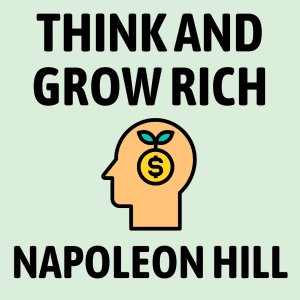
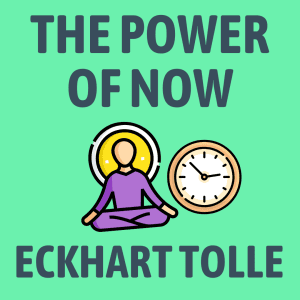
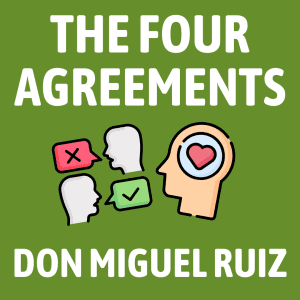
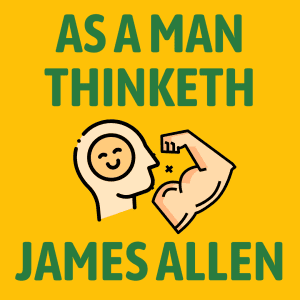
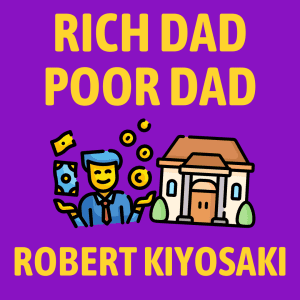
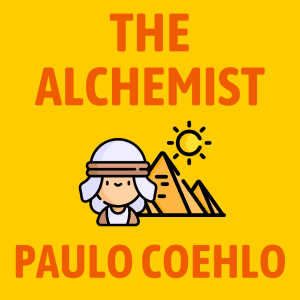

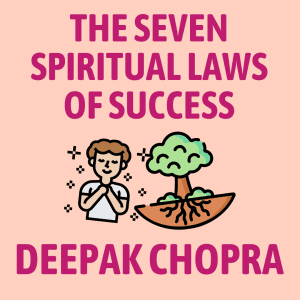


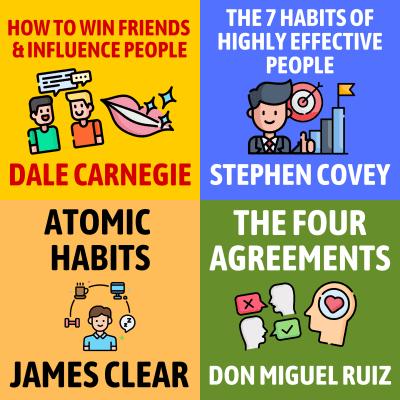
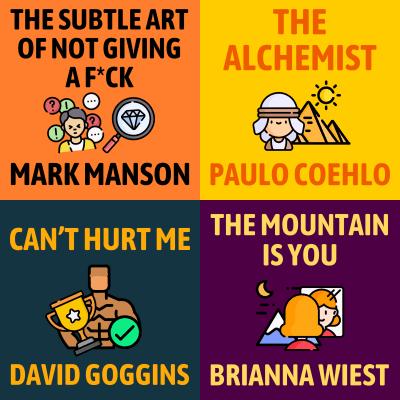
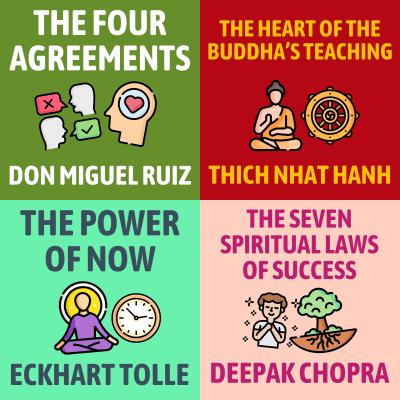
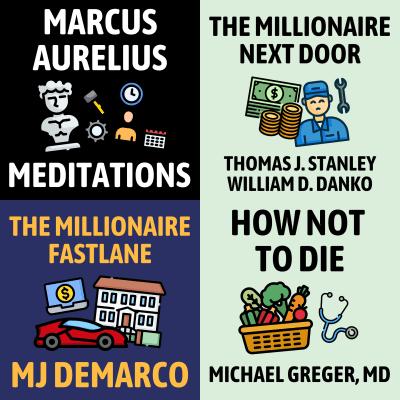
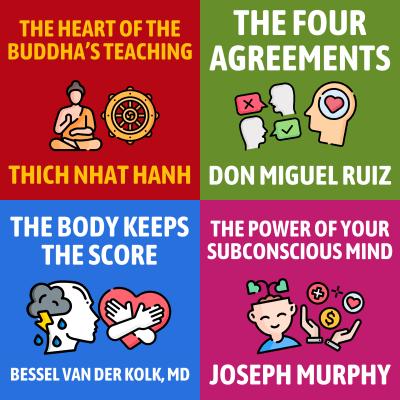
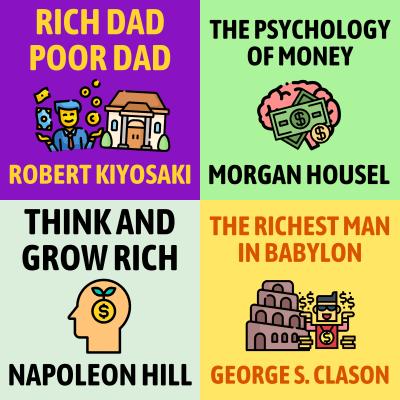
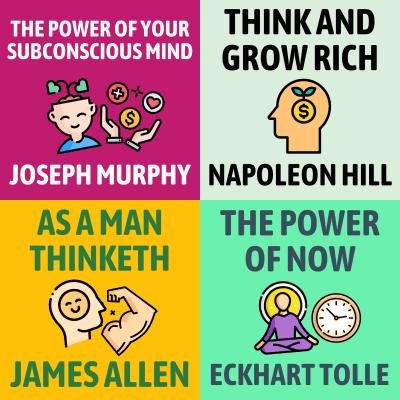
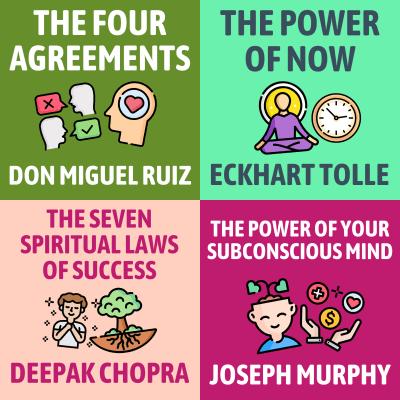
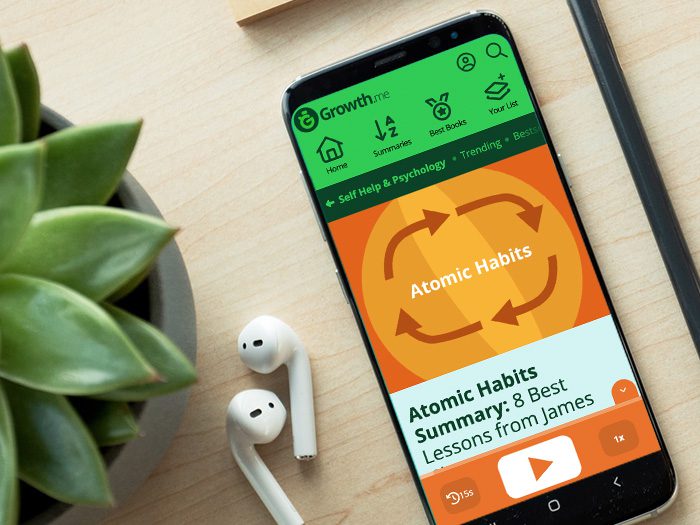

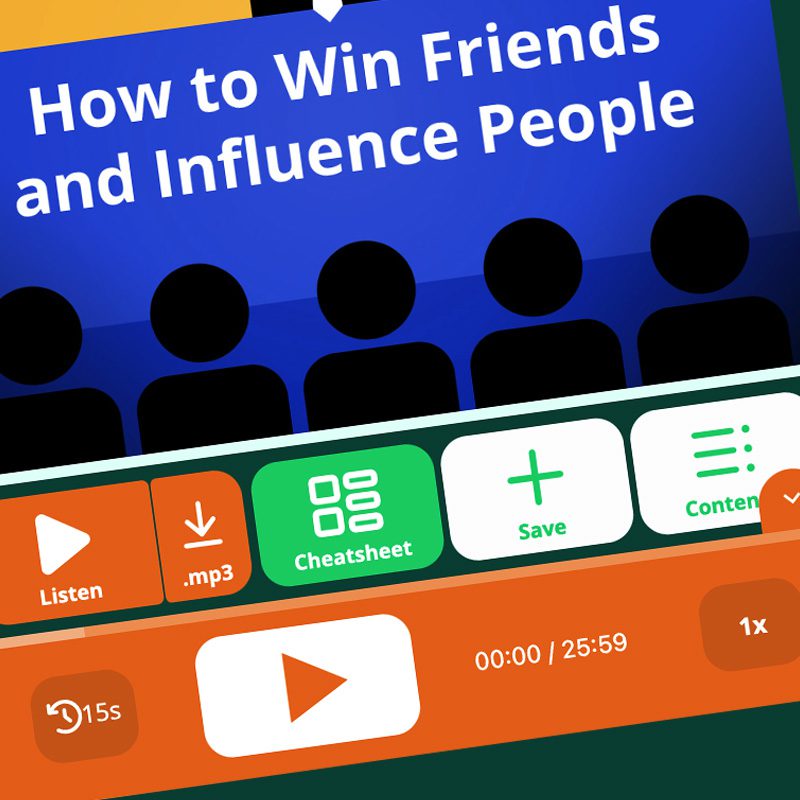
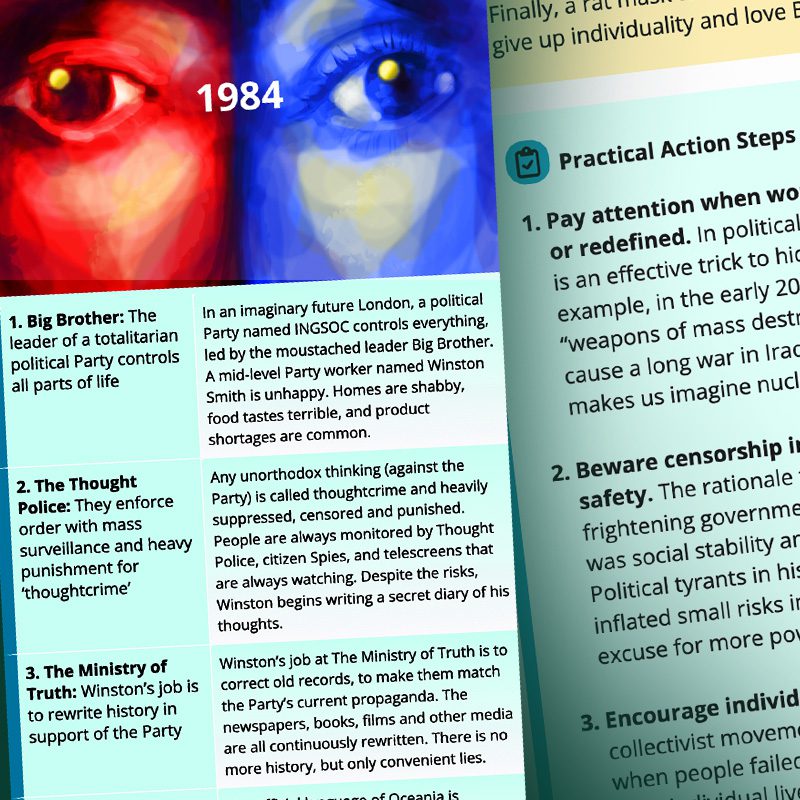

Community Notes